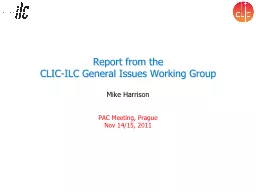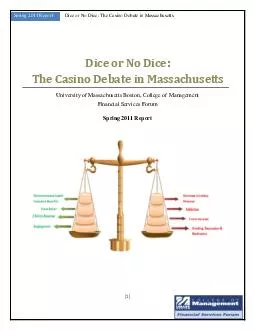PPT-Report from the
Author : natalia-silvester | Published Date : 2016-05-28
CLICILC General Issues Working Group Mike Harrison PAC Meeting Prague Nov 1415 2011 Eckhard Elsen DESY Mike Harrison BNL Philippe LeBrun CERN Ken Peach Oxford
Presentation Embed Code
Download Presentation
Download Presentation The PPT/PDF document "Report from the" is the property of its rightful owner. Permission is granted to download and print the materials on this website for personal, non-commercial use only, and to display it on your personal computer provided you do not modify the materials and that you retain all copyright notices contained in the materials. By downloading content from our website, you accept the terms of this agreement.
Report from the: Transcript
Download Rules Of Document
"Report from the"The content belongs to its owner. You may download and print it for personal use, without modification, and keep all copyright notices. By downloading, you agree to these terms.
Related Documents














